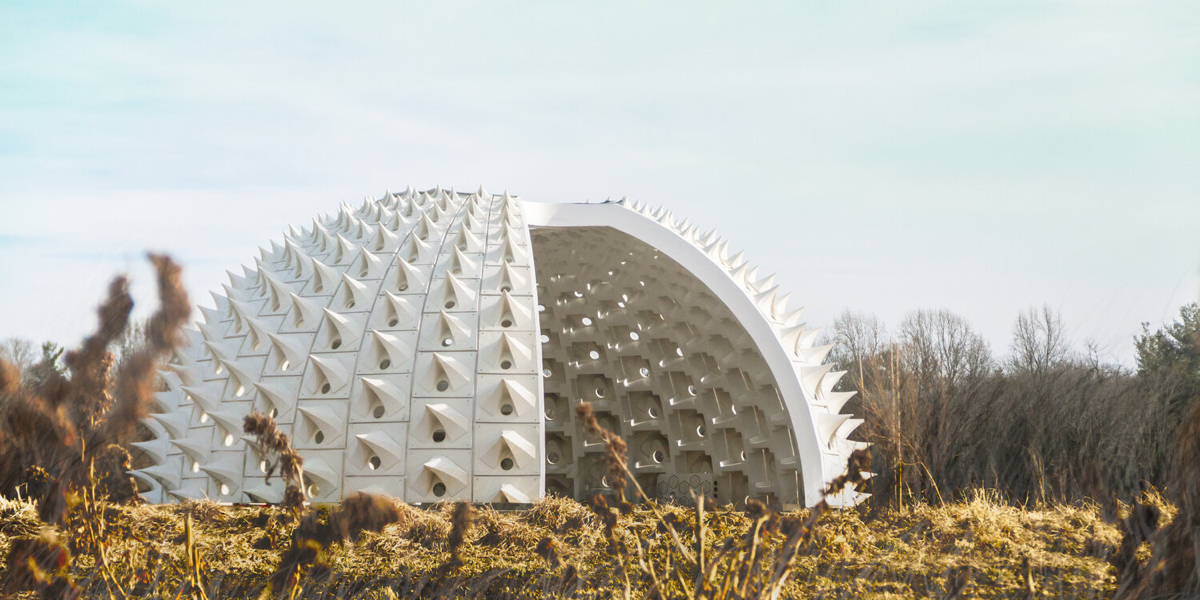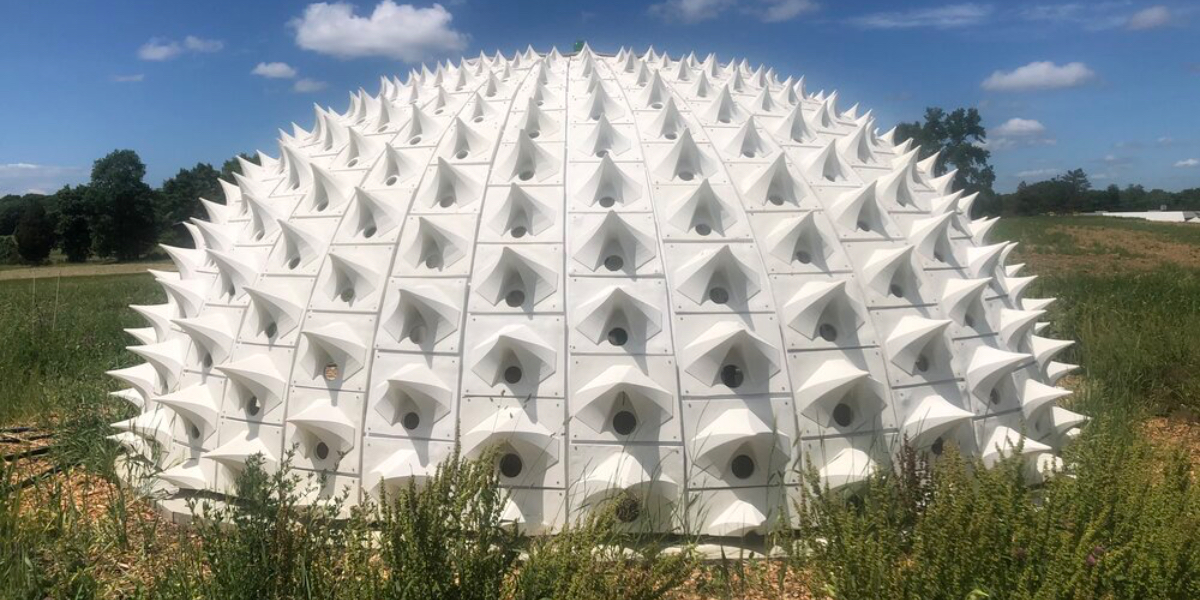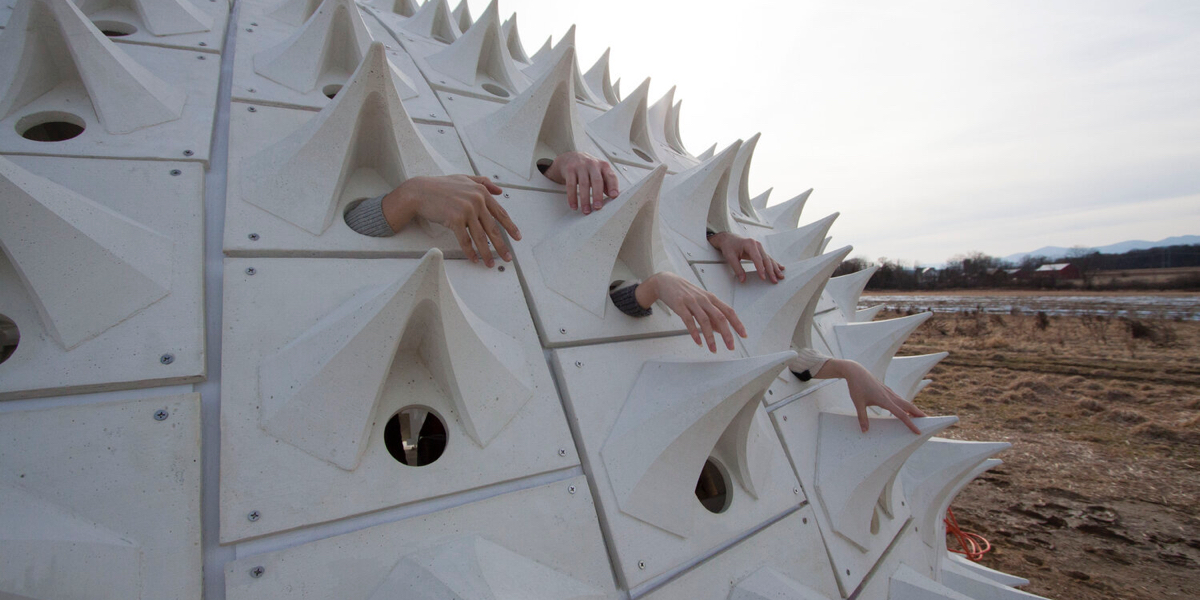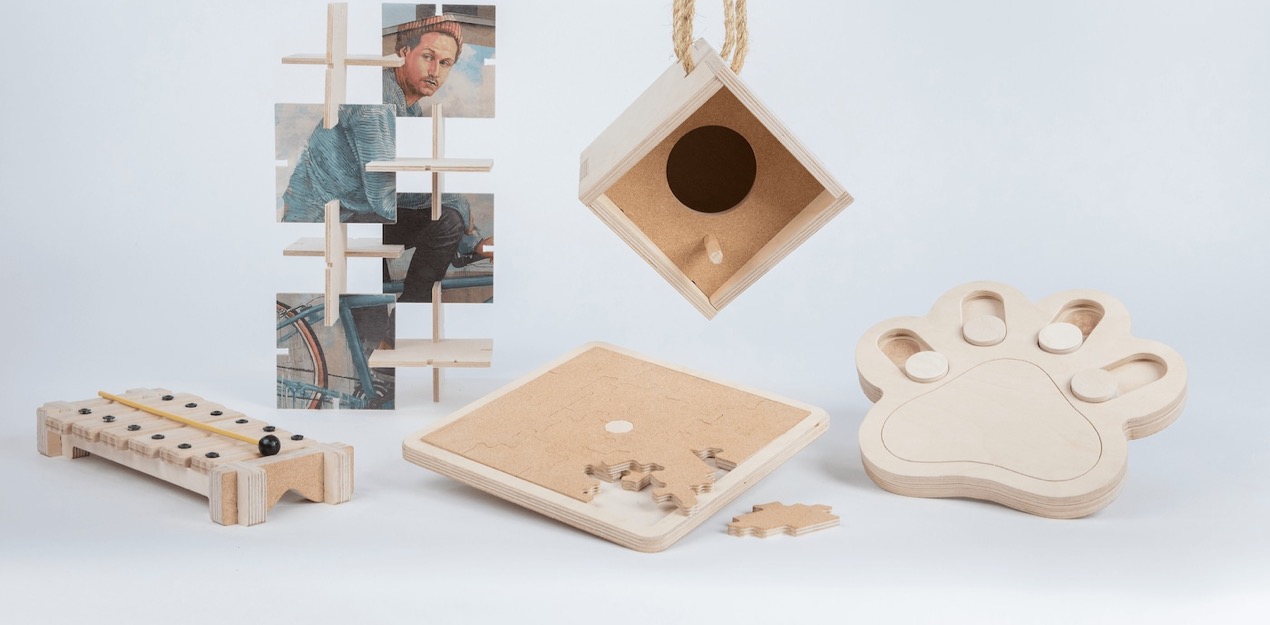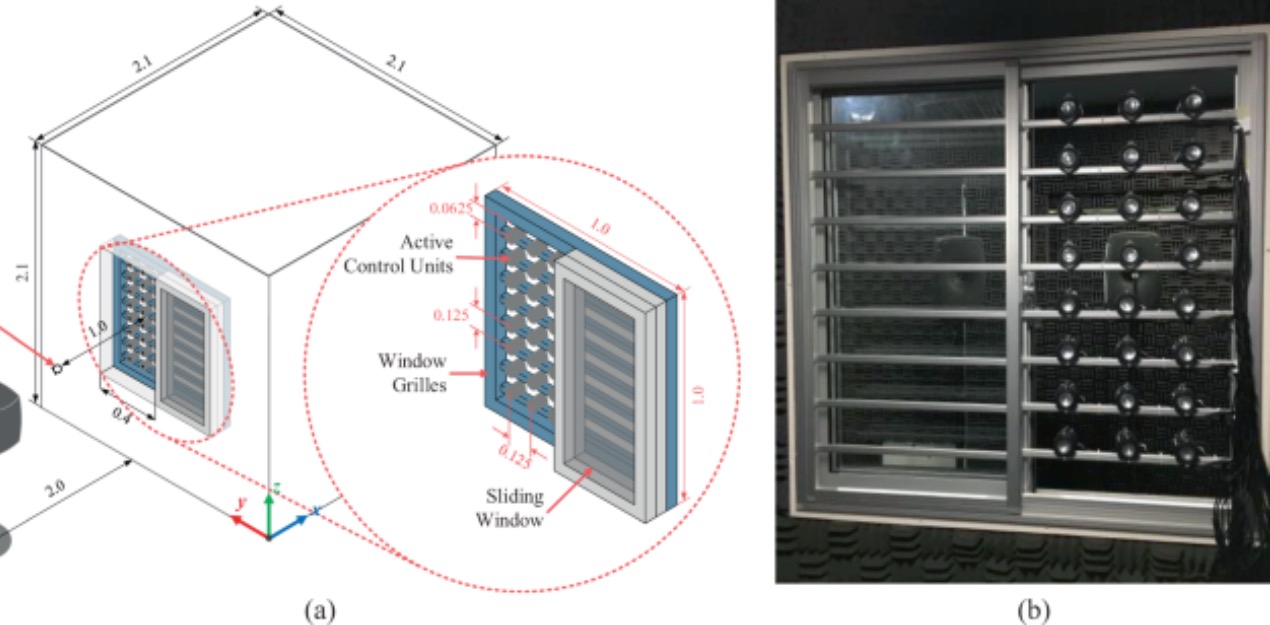AWARD YEAR
2023
CATEGORY
Home
GOALS
Climate Action, Life On Land
KEYWORDS
bees, decline of the bees, pavilion, animal protection, Pollination
COUNTRY
United States of America
DESIGNED BY
Harrison Atelier
WEBSITE
https://www.pollinatorspavilion.com
Pollinators Pavilion
Habitation for 2,000 solitary bees
How does it work?
Playing on the form of the bees’ compound eye, Harrison Atelier’s Pollinators Pavilion produces new habitat for solitary bee species. The Pollinators Pavilion offers inhabitation for 2,000 solitary bees in a structure of over 300 cast Ductal® concrete panels, fabricated at the firm’s Brooklyn Navy Yard workshop in partnership with Andrew Pinneke and Kelly Henry of Ductal®. The pointed form of each panel serves as both a rain canopy and a storage space for the solar-powered monitoring platform. Motion sensors at the base of the canopy, when triggered by insect movement, prompt an endoscopic camera to photograph the insect. The images harvested by each panel feed through microprocessors into to a database for a machine-learning system that seeks to identify the species without trap
The project allies architecture (Harrison Atelier); ecological art programing (Francine Hunter McGivern’s Frank Institute @ CR-10); and organic agriculture (Ben Dobson, Old Mud Creek Farm and Hudson Hemp).
Why is it needed?
Much remains unknown about the thousands of solitary bee species in America, despite their importance as the pollinators for 70% of the non-agricultural environment.
How does it improve life?
A first pavilion is under construction at Old Mud Creek Farm, part of Abby Rockefeller’s 2,500 acre farm, a model of regenerative organic agriculture in New York’s Hudson Valley. Prototypes for a second pavilion at Churchtown Dairy, part of the Rockefeller organic agriculture network, are currently underway.
